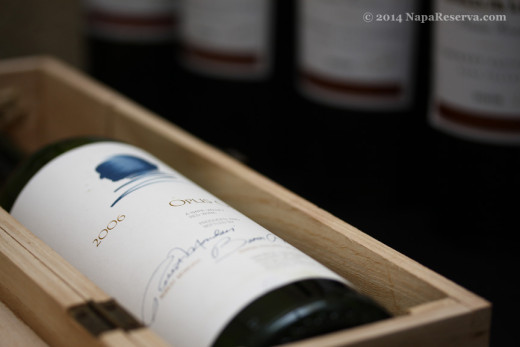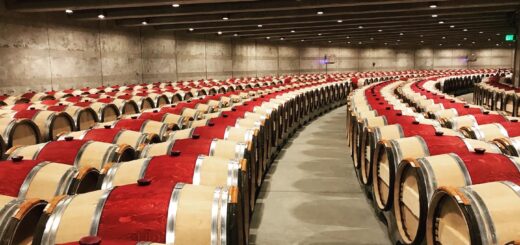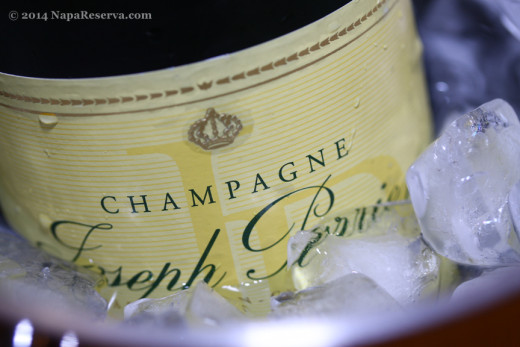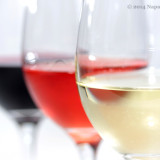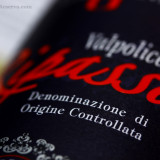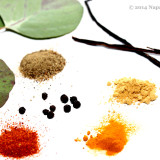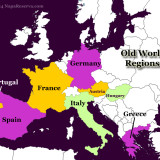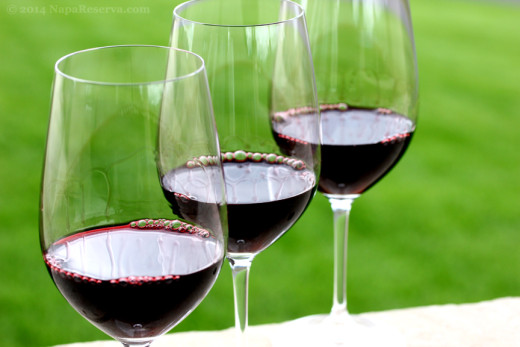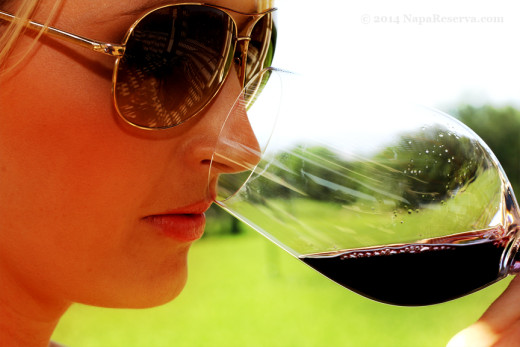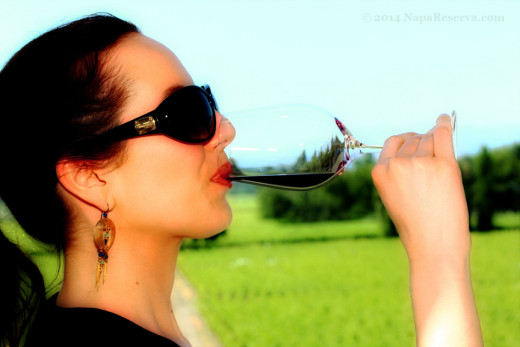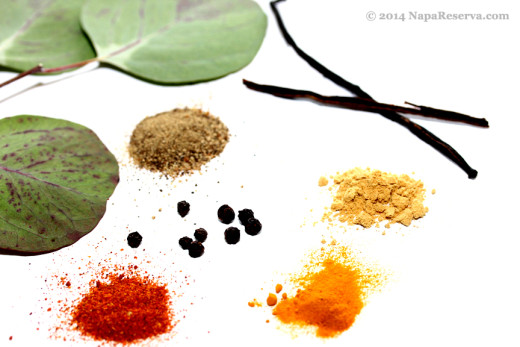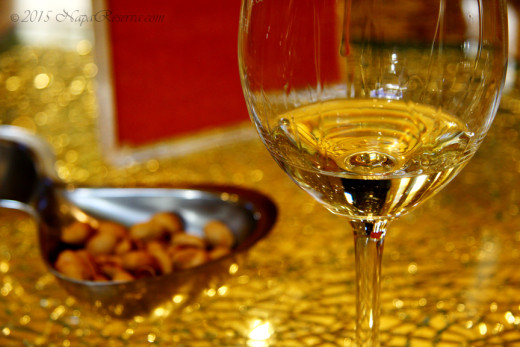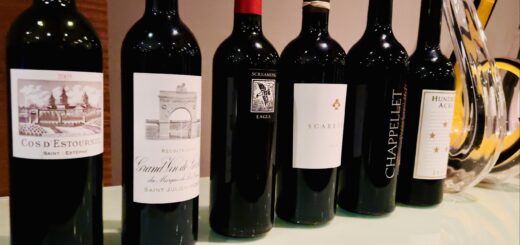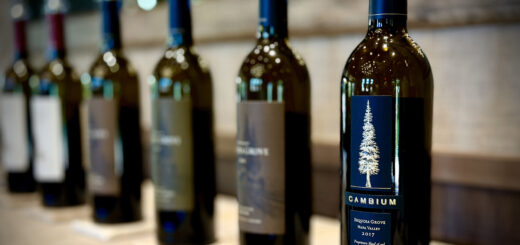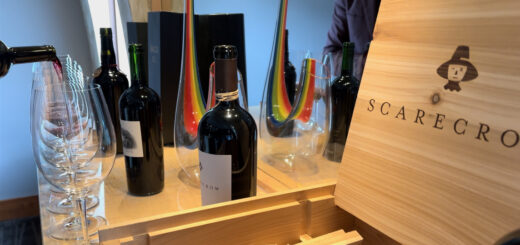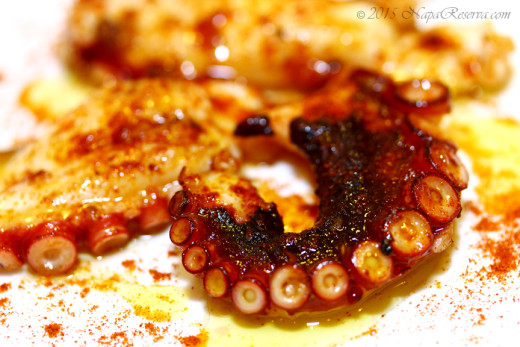2014 record-breaking drought, how it affects California wines?
It has been 10 years since California has seen another drought this severe. Empty reservoirs and underground water threaten the livelihood of California agriculture; with this rate, the next best commodity to pour your life savings into would likely be water. While farmers from all over the state frantically call out for help, vintners might share different view when it comes to this record-breaking drought. Believe it or not, to many extends, droughts are very beneficial for the wine industry. 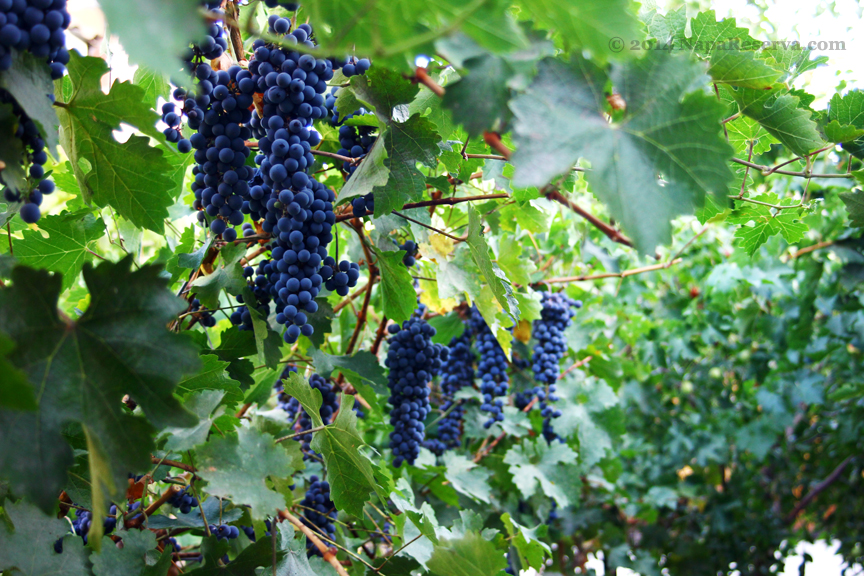 Sterile Environment
Sterile Environment
Have you ever wondered that almost all wine growing regions in the world, at least the good ones, locate in drier climate? Grapes don’t do well in humid weather, extended exposure to moisture will promote the growth of molds and fungus. Rotten grapes wouldn’t make very good tasting wine. So, lack of rain combined with dry heat during a drought will prevent unwanted molds and fungus to colonize on grape berries.
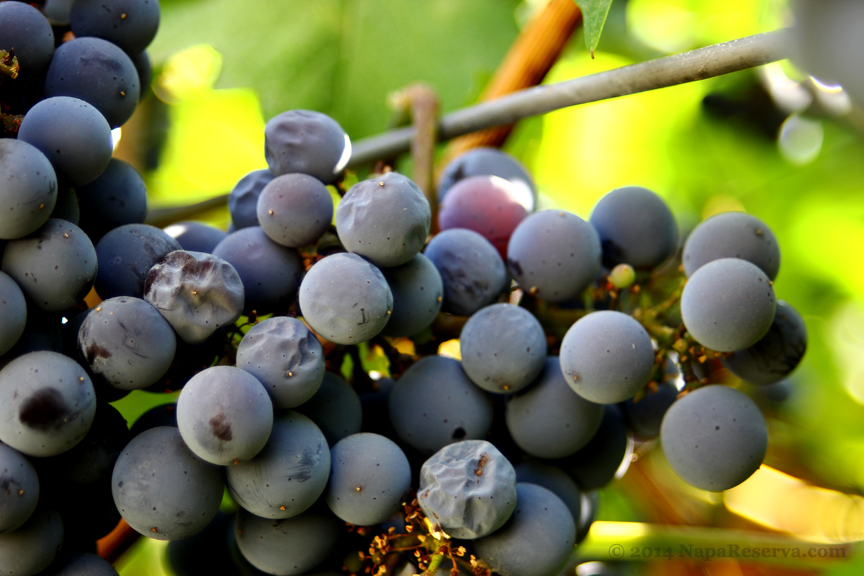 Concentrate Berries
Concentrate Berries
Talk to any winemakers and they’ll say most of wine-making is actually done while grapes are still on the vines and that good grapes will make good wines. During a drought, lack of water in the soil results in smaller grape berries with more concentrated flavors and texture. Vintners have full control of when to water the vines and when to let them concentrate without having to worry about drenching storms diluting their grapes. At the first of grape rasinating (dry and shrivel), it is a good indication that grapes are ready for harvest with full flavors.
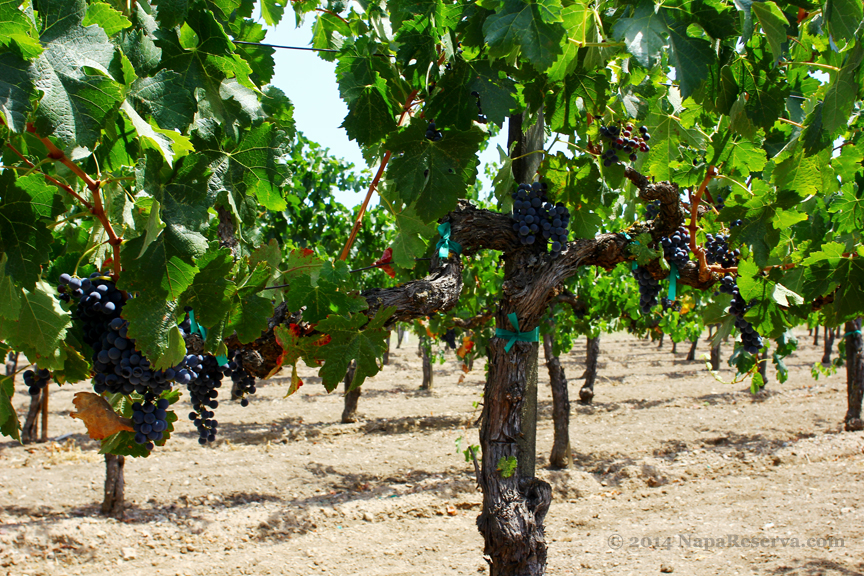 Development of vines and flavors
Development of vines and flavors
Grape vines are known to have very deep roots, some can stretch up to 30 feet below the ground. Vines are sometime starved from water and nutrient of purpose to encourage their root development, this practice of challenging the vines is often used in early stages growing. During a drought, vine roots dig deeper into the ground to find alternate source of water, in the process they find more nutrients and different minerals further down. As result, the grape berries are not only more concentrated but also more flavorful.
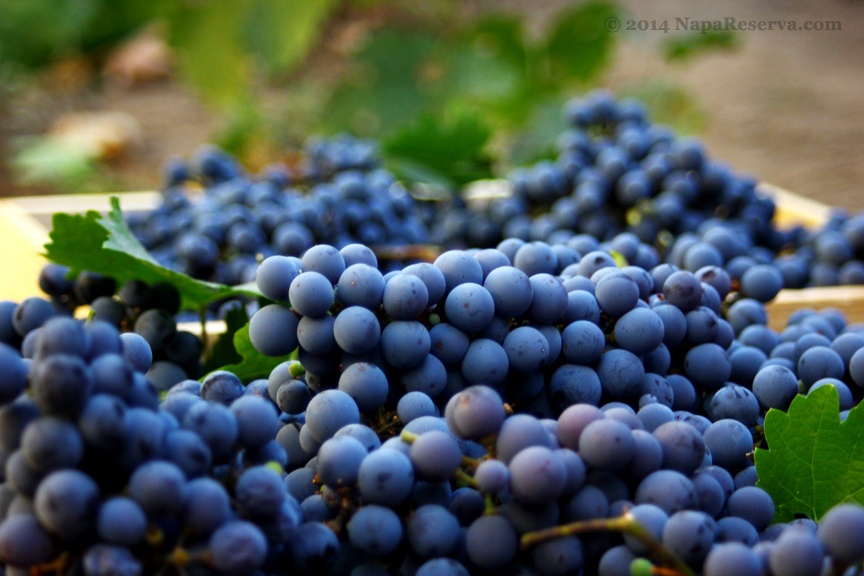 Early Harvest
Early Harvest
Vintners have more option to time their harvest; again, thanks to the consistent warm sunlight and drier condition, harvesting season takes place in 2014 much earlier than many previous years due to early ripening of grapes. It will be all done long before Fall or Winter storms have any chance to interfere.
Drawbacks
Droughts are indeed good for wine, although not without drawbacks. Lack of water may help concentrate grape berries but long exposure of such will shrivel the vines themselves leading to the risk of dying completely. Vintners do keep a close watch on their crops and water their vines at the first sign of stress. Impurity in the soil increases drastically over time with no water. Unbalance of chemical in the soil might lead to severe damage to grape vines and render useless crops. It is a delicate process to balance how much water to irrigate.
Previous drier years have indeed produced much better wines than normal. If the past is any indication, 2014 will be an exceptional vintage. Many premium wineries will likely to create a new label or name 2014 as a separate collectable vintage. We’ll know in a few years, until then we can always sip on 2011 which was a very good “dry” year.

